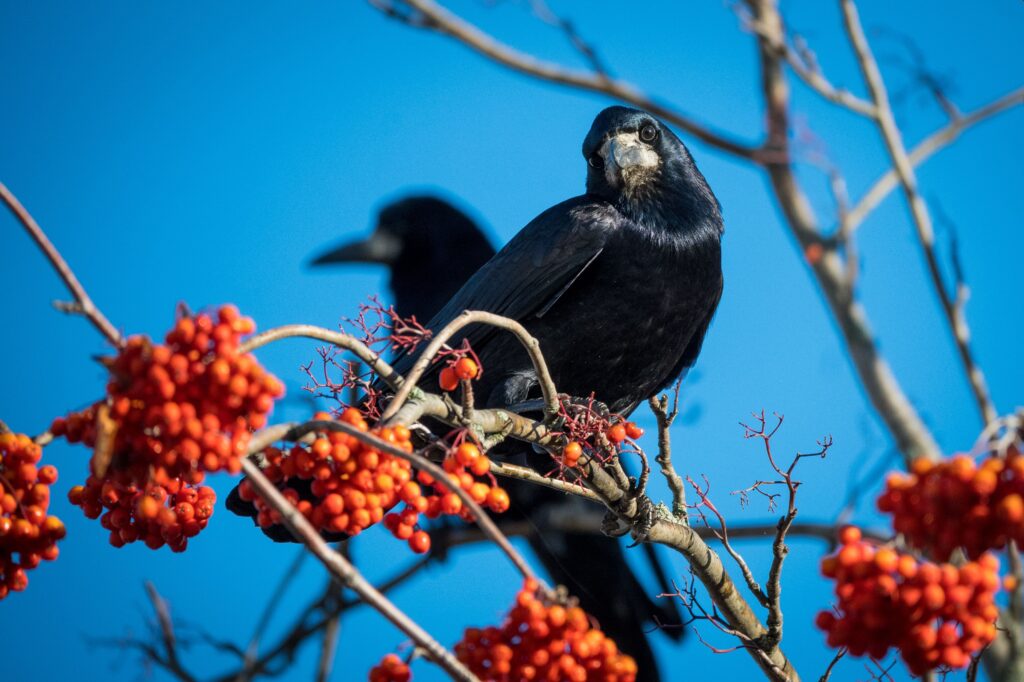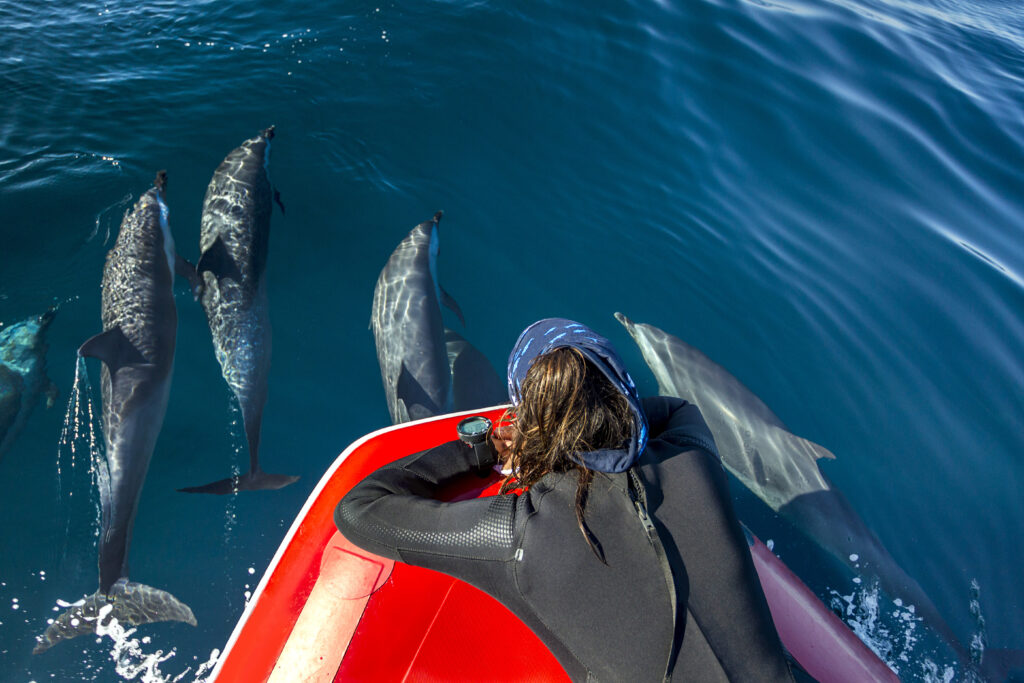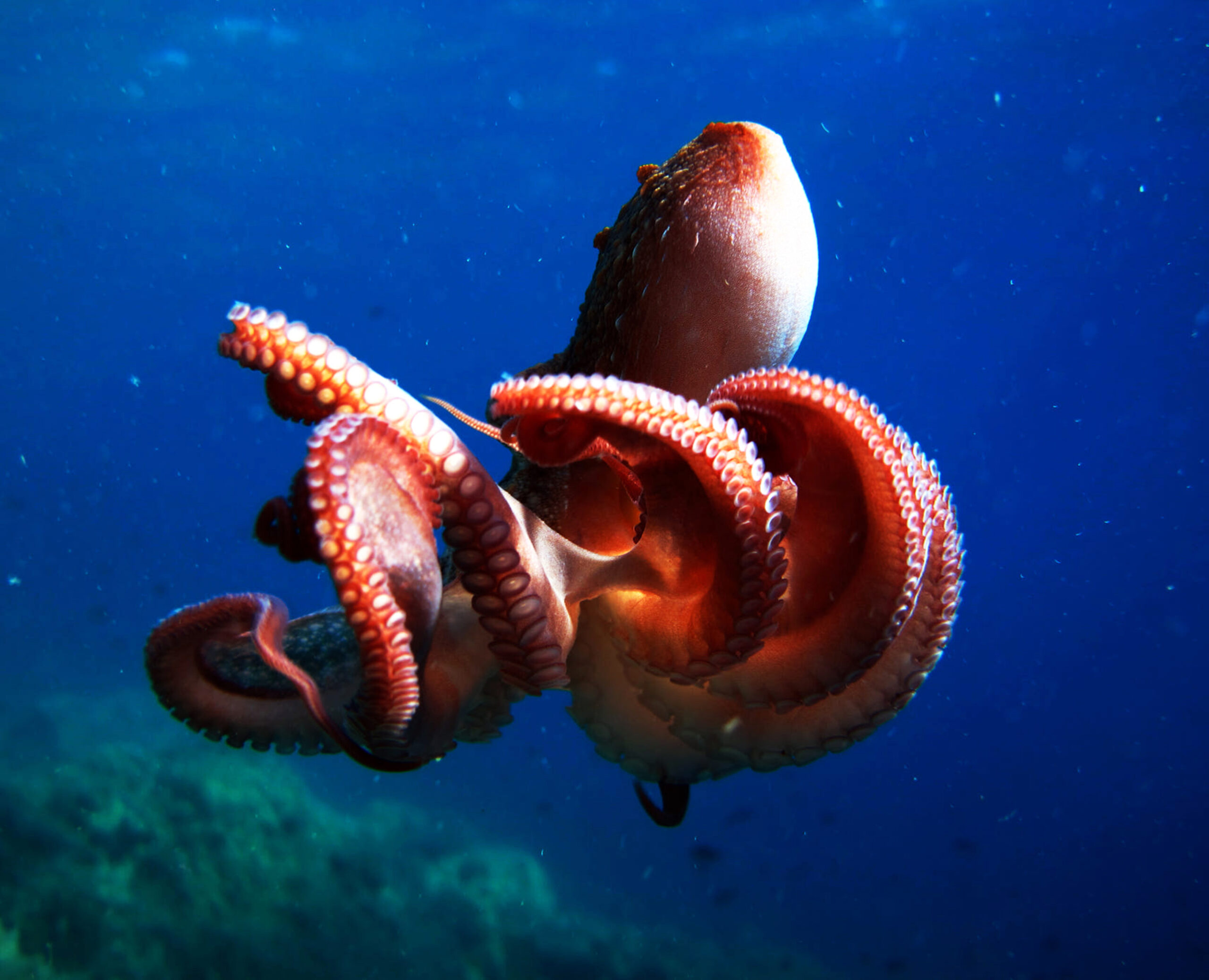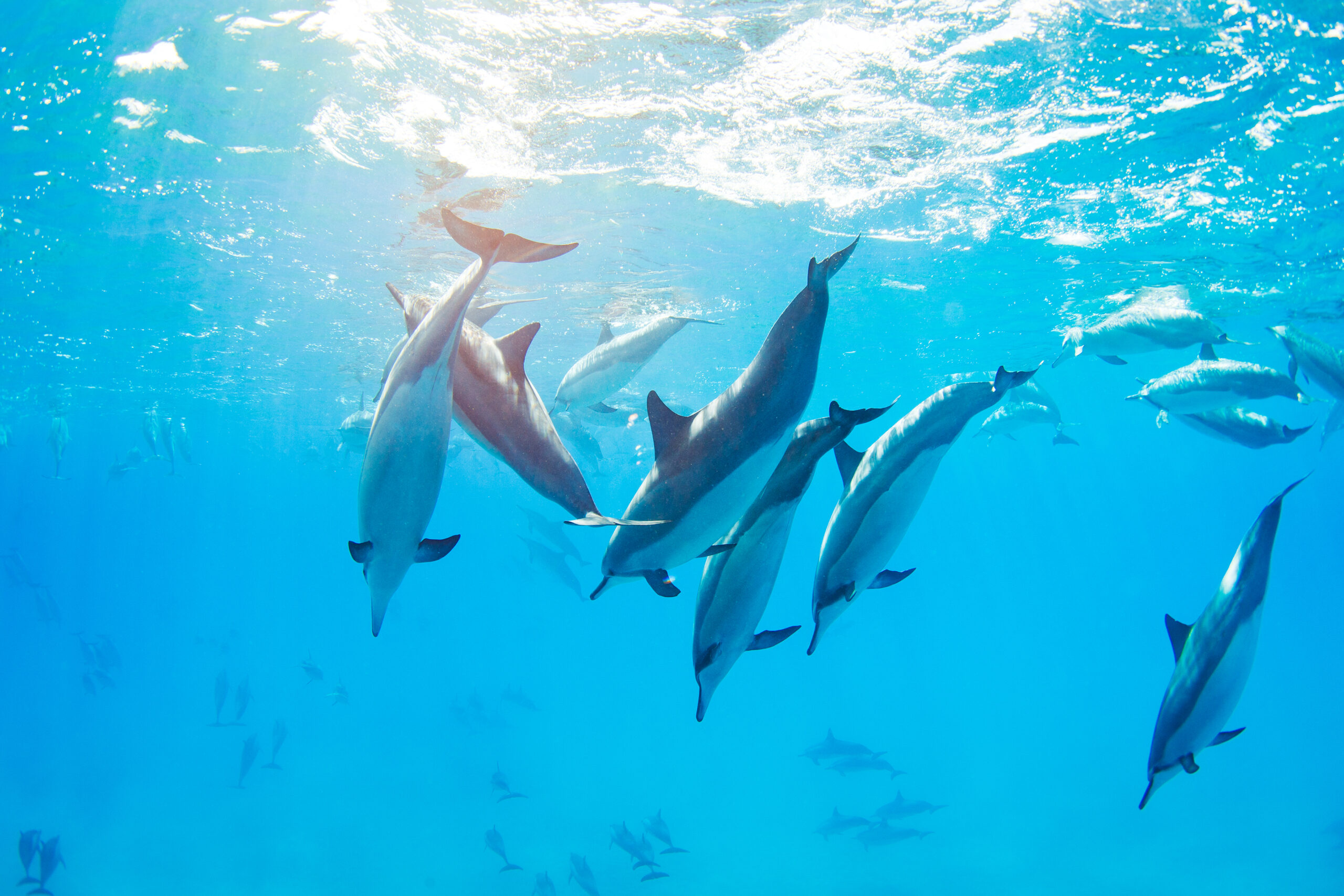Have you ever stopped to wonder just how much smarter some animals are than we give them credit for? From birds that create tools to marine creatures solving puzzles in the deep sea, the animal kingdom is full of hidden geniuses that could give humans a run for their money! In this post, we’re uncovering some of the most surprising problem-solving skills in the wild—abilities that will make you rethink the intelligence of the animals around us.
Meet the Crows: Nature’s Mastermind Engineers

A close-up shot of rooks sitting on Sorbus tree branches
Let’s start with one of the most mind-blowing examples of animal intelligence: crows. These dark-feathered birds rank among the most intelligent creatures on Earth. In fact, studies show that crows use tools (see our link)—a skill once believed to be exclusive to humans and certain primates.
Tool Use and Beyond
Imagine this: A crow in New Caledonia uses a twig to extract insects from a tree trunk. Not only that, but it can also modify the tool to make it more effective. Some crows even create tools from other tools! Their ability to craft and use tools to solve problems shows that problem-solving isn’t just an “instinct” in nature—crows demonstrate intentional thought and reasoning.
It gets even better: Crows are known to plan for the future! One study showed that a crow could choose a tool that it would need hours later, suggesting foresight and understanding of cause and effect. This opens up fascinating questions about how animals perceive time and plan for survival.
Why You Should Care:
Understanding crow intelligence isn’t just about marveling at their skills—these discoveries challenge everything we thought we knew about animal cognition. If a crow can craft a tool and plan ahead, it’s no stretch to think that other animals might be hiding hidden talents we haven’t even uncovered yet.
Dolphins: Brainy Problem-Solvers of the Sea

Diver watching pod of Pantropical Dolphins breaching for air, Port St. Johns, South Africa
Next up on our list of animal problem-solvers are dolphins. These social marine mammals are renowned for their complex communication and problem-solving skills, and for good reason! Dolphins are experts in cooperative hunting. Working in teams, they herd fish into tight areas, making them easier to catch. Each dolphin plays a specific role, requiring communication and a deep understanding of strategy.
The Power of Mimicry

Tropical glasswing butterfly among pink and yellow camellia flowers.
But what makes dolphins stand out even more is their ability to learn by mimicking. In research studies, dolphins have been seen copying the behaviors of others to solve tasks. Whether it’s catching fish, interacting with humans, or even learning new behaviors in the wild, dolphins show an incredible capacity for innovation and learning from their social groups.
Why You Should Care:
If you thought animals couldn’t “think” like humans, think again! Dolphins’ ability to innovate and strategize showcases how social learning in the animal kingdom can be as complex as our own. It also points to the importance of social structures in animal intelligence.
Octopuses: Escape Artists with Genius Minds

When it comes to brainpower underwater, octopuses top the list. These soft-bodied creatures may look alien, but their ability to solve problems is out of this world. Octopuses are famous for escaping from sealed containers—and they don’t just wiggle through small spaces. They can unscrew jar lids, open cages, and even navigate mazes. One octopus in a lab was even able to figure out how to escape a tank by finding a way through the plumbing.
Master Problem Solvers
Octopuses’ ability to manipulate objects using their flexible arms and sensitive suckers is a remarkable feat of problem-solving. They’re capable of figuring out solutions to challenges that many other animals would struggle with, showing their brains can rival those of more familiar problem-solvers like primates.
Why You Should Care:
Understanding how octopuses think helps us appreciate the complexity of intelligence across species. These creatures have brains that function very differently from ours, yet they are still able to reason, escape predators, and even thrive in environments that would be nearly impossible for other animals.
Elephants: Emotional Intelligence Meets Problem-Solving

Elephant with beautiful girl in asian countryside, Thailand – Thai elephant and pretty woman with traditional dress in Surin region
Elephants have long been known for their emotional intelligence—their ability to show empathy, grief, and joy. But their problem-solving skills are just as extraordinary. Elephants use their memory to remember water sources and migration paths over vast distances. Their ability to retain this information for years is crucial for survival in the wild.
Problem Solving
But it’s not just about memory. Elephants also exhibit cooperative problem-solving. When faced with challenges like rescuing a trapped herd member or finding new water sources during a drought, elephants demonstrate not only intelligence but also social cohesion. They work together, using their knowledge and emotional intelligence to solve problems for the greater good of the group.
Why You Should Care:
Elephants challenge the idea that intelligence is only about logic and reasoning. Their problem-solving skills are intertwined with their emotional intelligence, showing that cooperation and empathy are just as important in the wild as intelligence and reasoning.
Bees: Tiny Geniuses Building Complex Worlds
It might be hard to believe, but bees are another group of animals with remarkable cognitive skills. These small insects may seem like they’re only focused on flowers, but their problem-solving abilities extend far beyond that. Take their communication skills, for example. Bees use a unique “waggle dance” to communicate the distance, direction, and quality of food sources to others in the hive.
Architectural Brilliance

The Nanjing International Youth Cultural Center in Nanjing, China.
Bees also construct their hives with remarkable precision, using hexagonal cells that are efficient in terms of both space and strength. These “architects” of nature use their problem-solving abilities to create complex, durable structures that are perfect for supporting the colony. This type of collective intelligence has helped them survive for millions of years.
Why You Should Care:
The next time you see a bee buzzing around, think about how much intelligence it takes to communicate, solve complex problems, and create intricate structures—all in the span of a single day’s work.
Why We Should Rethink Animal Intelligence
So, what does all this mean for us? It’s clear that animals are far more capable than we’ve ever given them credit for. The problem-solving skills of creatures like crows, dolphins, octopuses, elephants, and bees challenge us to rethink how we define intelligence. These animals aren’t just responding to instinct—they’re actively thinking, planning, and solving problems in ways we didn’t expect.
By understanding these behaviors, we not only learn more about animal cognition but also develop a greater respect for wildlife. Animals are not mere automatons—they’re intelligent, creative, and adaptable creatures that can teach us a lot about how to approach challenges in our own lives.


 Advice8 years ago
Advice8 years ago
 Activities8 years ago
Activities8 years ago
 Featured8 years ago
Featured8 years ago
 Featured8 years ago
Featured8 years ago
 Cats8 years ago
Cats8 years ago
 Advice8 years ago
Advice8 years ago
 Featured8 years ago
Featured8 years ago







